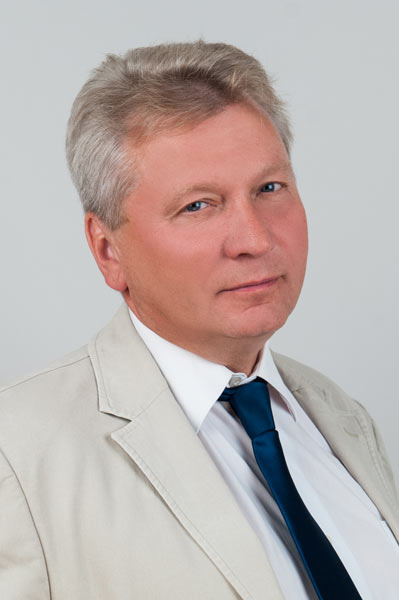3D printing a bike: A short step from fantasy to reality
(Sputnik) Updated: 2016-06-17 15:30
 |
|
Mikhail Filonov, Vice-Rector of Research and Development at the National University of Science and Technology MISIS. [Photo/Sputnik] |
At what point will we no longer have to go to stores to buy things on the same day? What materials will be things made of in the near future? Is an invisibility cloak like Harry Potter had pure fantasy, or can such materials be created? These are not just the idle thoughts of ordinary people, but actual questions scientists are pondering. Interview with Mikhail Filonov, Vice-Rector of Research and Development at the National University of Science and Technology MISIS.
Question: The 20th century was the era of nuclear energy and the digital revolution. Where is scientific research headed now?
Mikhail Filonov: The global trend is to shrink the distance between the idea and the finished product. An idea today must be transformed into a marketable product as soon as possible. For example, say you want a bicycle. Traditionally, a steel plant would have to smelt the metal and ship it to a plant to cut and shape the frame from the metal, turning 90 percent of the original piece into scraps in the process, until all the necessary parts are made for a bicycle. Making something by cutting out excess elements is an expensive process involving a huge numberof plants and people.
The world is trying to take a new approach. If you want a bike, you turn your 3D printer on and go have some tea, returning and a brand new bike will be waiting for you when you're done. This is not fantasy anymore, although 3D printed products are still mostly made of plastic.
Question: You have describedthe global trend, but where are you headed at NUST MISIS specifically?
Mikhail Filonov: Our university is trying to stay with global trends. In 2015 we completed the construction of a high-tech engineering prototype center with equipment for the sintering of powdered metal bodies, which can be used to make 3D printed metal products. But this equipment is very expensive. 3D printers for plastic products cost upwards of $1,000, whereas an industrial 3D metal printer costs millions of dollars. However, the additive manufacturing market is developing very fast.
Question: Can universities shrink the distance from the idea to product?
Mikhail Filonov: In principle, this is what the leading universities have always tried to do. What researchers invent in their laboratories today become finished products tomorrow. This is the centerpiece of the US education system, under which all research schools operate at universities, which are actually the only implementation centers in the country. Russian universities, including NUST MISIS, are rapidly moving towards this model. But there are many obstacles on our way towards implementation, for example financial and other resources.
The process between the idea and its implementation is very expensive and involves all infrastructure aspects such as material engineers and designers. The distance is becoming shorter with every passing year, as is evidenced by the automotive industry. In the past century, a new series was designed and implemented once a decade, whereas now car models are updated every couple years. Time is shrinking. But the laws of marketing products have not changed since Karl Marx. Time is money. By shrinking time, you increase spending on the implementation of an idea. Large corporations such as ROSATOM or Rocket and Space Corporation Energia after S.P. Korolev can launch yesterday's idea to the Moon, but we at NUST MISIS don't have this kind of money, and no other university in the world does.







